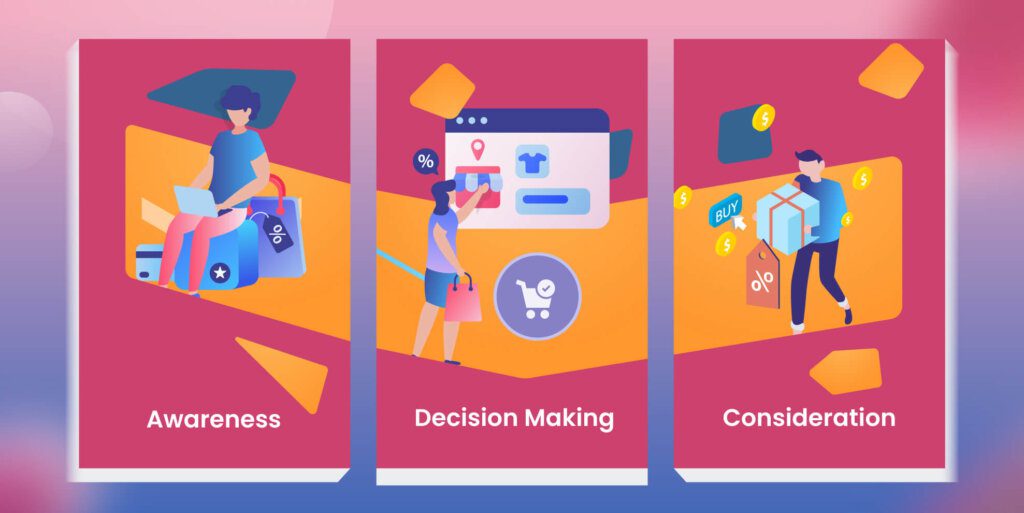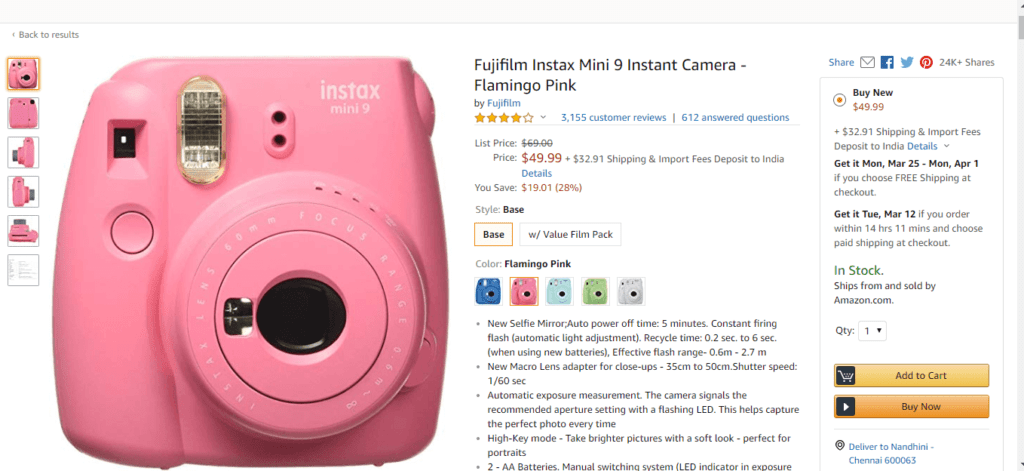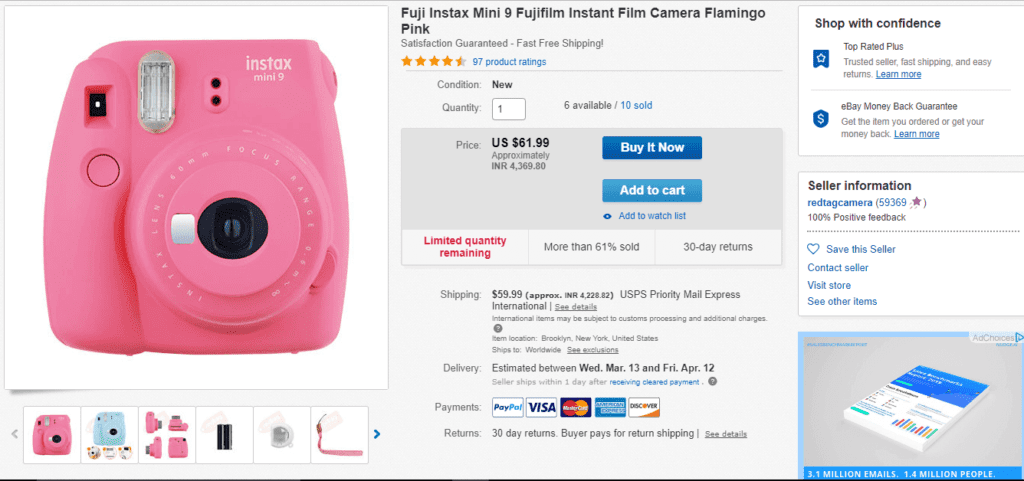The world keeps raving about how augmented reality, artificial intelligence, virtual reality, and drones are the future of digital commerce.
Well, when you buckle down to understand the implications of these tech trends for your business, I am sure you realize that there is an arduous and painful journey ahead of you.
It is the subtle art of endeavoring to give a memorable shopping experience to your customers.
Winning customers and keeping them hooked to your brand is no piece of cake. To add these magical tech elements to your strategies, you may want to build the foundation of it just as strong.
PIM is here to make it a fun adventure.
Think of it this way.
You are a seller with plenty of product lines and categories catering your distribution across multiple channels. Even if you are able to win your bread, the real question is are you growing? Is there impeccable quality in your product information? Are you able to seamlessly achieve product data standards?
That is where your real growth lies. You have got to obsess over the quality and personalization in content to sustain, grow, and be recognized and loved by your customers.
PIM is not a difficult step to take. In fact, the opposite is true.
Honestly, the lack of awareness on the need for a product like PIM is quite daunting. Instead of shrugging your shoulders and walking away, read on to know what you are missing out on without a PIM.
The present market scenario for a “retail essential” like PIM is beaming high. If you are not quite aware of it yet, here’s a five-step evaluation to find out if your business needs a PIM or not.
How do you know if you need a PIM yet?
1. When your product SKUs and/or channels are growing
With growth comes responsibility. Also, in the context of reality, there is also difficulty. You have put your sweat and blood into building your product empire. Without the right governance, the empire will dissolve. More SKUs and channels mean more product information to put up with.
If you are a successful manufacturer or retailer with a great deal of product expansion, your next step is now.
And what’s that?
A PIM. Investing in a PIM at this point in time would be the right decision for your business because managing the oceans of data would be nearly impossible through spreadsheets. Also, letting them lie on ERP and other databases would not be the wisest choice. Product information has multiple dimensions and context attached to it. In addition to holding all this data in one place, PIM also helps you enrich product content and syndicate it to multiple channels. PIM helps you manage, optimize, and publish content critical modules like data centralization, enrichment, and syndication – this is exactly your business is longing for.
2. Better customer experience has been your ultimate goal
Customer experience is a broad term in itself. Particularly in digital commerce, without sales personnel to personally persuade the buyer to make a purchase decision, the product page has got to do that job for you.
Getting back to the broader concept that it is, customer experience is the ease in shopping before, during, and after the sale. For instance, you should help the buyer identify the right product which is only possible by having just the right data. The next part is the most critical part of the buying journey wherein, the buyer decides to make you the vendor of the product they are willing to buy based out of the product information you depict on the page. Last is the consideration stage where you make the payment as hassle-free as possible. Also, the after sales services that you give decides if you have had excellent customer retention strategies.
With PIM, you will be able to achieve the knack of customer experience by perfecting your product catalogs. As product data is the foundation that the customers predicate their decisions upon, it becomes all the more easy for you to give your product pages a makeover with PIM.
Buying cycle is a closely knitted loop that comprises of the awareness stage, the decision-making stage, and the consideration stage.

You can add rich elements to your product content -essential information that is missing through intelligent data enrichment, digital assets like photos/videos, well-optimized product titles, features, descriptions etc.
3. Looking to quickly expand channels
Is the data volume the biggest hindrance for your expansion dreams? Well, it should be. Turns out, your customers are shopping across different channels including marketplaces, your own online retail store, social media etc.
Now each of these channels follows different conventions, structures, and models. For instance, let me quickly show the difference in product data presentation for the same product on three different channels – Amazon, Walmart, and eBay.



Do you see the presentation has differed in these three marketplaces? PIM will help you prepare your product content to be distributed to different channels the way it needs to be with the help of configurable templates and data mapping.
You should consider the user experience and channel guidelines before you begin your multichannel ventures. If you want to do it, then you do it right!
4. You’ve been eyeing on omnichannel for a while now
Omnichannel is a trend that is catching-up and it would be inevitable to give your customers the ease of shopping experience. You give the customers the ease of shopping by letting them pick up exactly from where they left. If a buyer has visited a physical store and looks it up in the online store, you may want to guide them to the product page of the product they were interested in. Also a series of follow-ups on social media and other display advertising. At every touchpoint, you enable a purchase.
This needs a lot of effort to integrate different departments and people to work cohesively. You must bridge the silos and bring together people, process, data, and technology and meticulously tie your efforts together to achieve your path to omnichannel.
The foundation for a robust omnichannel or a multichannel approach is a PIM software.
The unified back-end system will help in streamlining operations and accelerates business decisions, functions, and actions by connecting different channels and geographies easily. Having all the data at your disposal in a single, unified repository you become empowered to make sense of the information. This will help you grow sales, create personalized content and run targeted marketing depending upon how receptive your customers are to the type of product content you create.
5. Managing teams is becoming a big struggle
For selling products across channels, the value chain is pretty elaborate. There are multiple stakeholders involved in your business including product managers, category managers, marketing teams, manufacturers etc. There could be a lot of errors in the exchange of information and in the course, there is a loss of time and value of content.
For these teams to work in harmony and exchange value and data, they need a collaboration platform.
Without a PIM solution, managing teams and such large volumes of information that has inter-dependencies will become a herculean task. PIM will make workflows more simplified, keeps teams productive just so that you can achieve tasks effectively.
Conclusion
For an online seller with the aforesaid scenarios and goals, a PIM platform is almost inevitable. A PIM is an essential investment for your organization that will help you reap great benefits. It will simplify your workflows, help you reduce time-to-market, and of all help you deliver great customer experiences.

If you are an online seller and are not quite sure about the need for PIM you may want to consider this five-step evaluation process to help you decide about this critical investment. If you do conclude a “yes” then don’t worry about where to start.
PIMworks is running a beta program to help sellers like you understand and get accustomed to the concept of PIM.
We’re pretty concerned about your success.


